Overview
The T-M340 Lifting Gateway Door DIY Learning Kit is a practical educational kit that replicates a motorized lifting gate, similar to those used in parking systems and security entrances. Designed for classroom demonstrations, STEM programs, and hobby learning, this kit helps students understand the fundamentals of mechanical lifting mechanisms and basic automation.
Key Features and Benefits
- Motorized gate simulation: Observe how a DC motor converts electrical energy into controlled motion to lift a gate arm.
- Mechanical motion concepts: Learn how rotational motion is converted to linear movement using pulleys, levers, and linkages.
- Hands-on DIY assembly: Build the system from parts to reinforce mechanical reasoning, wiring skills, and troubleshooting.
- STEM-focused learning: Ideal for lessons on mechanics, simple circuits, and automation principles used in real-world gate systems.
- Durable components: High-quality wood and plastic parts for repeated classroom use and demonstrations.
- Safe and interactive: Designed for beginners and hobbyists with clear instructions and low-voltage operation.
What the Package Includes
- Gate arm assembly
- Base platform
- DC motor
- Pulley and lever mechanism
- Wiring components
- Battery holder
- Switch module
- Assembly accessories (screws, nuts, etc.)
- Instruction manual
Specifications
- Power source: DC motor (battery operated)
- Operating principle: Mechanical lift using a motorized drive
- Material: High-quality wood and plastic components
- Assembly time: 30 to 45 minutes
- Skill level: Beginner to intermediate
Educational Value
The T-M340 Lifting Gateway Door DIY Learning Kit delivers strong educational outcomes for students studying mechanics and basic electronics. Key learning objectives include:
- Understanding automation and motion mechanics used in gate systems and simple electromechanical devices.
- Explaining the principles of levers, pulleys, and rotational-to-linear motion conversion.
- Learning DC motor operation, wiring basics, and switch control.
- Developing problem-solving, creativity, and hands-on engineering skills for STEM projects and robotics foundations.
Assembly, Classroom Use and Extensions
Assembly is straightforward and suitable for classroom group activities or individual projects. Typical build time is 30 to 45 minutes, making it ideal for lesson plans or science fair projects. After building, students can explore extensions such as adding a microcontroller to automate gate timing, integrating sensors, or modifying lever ratios to study mechanical advantage.
Safety and Maintenance
- Operate on low-voltage batteries; always remove batteries during prolonged storage.
- Adult supervision recommended for younger students during assembly and motor wiring.
- Inspect moving parts regularly and tighten fasteners to ensure reliable operation.
- Keep the kit dry and store in a safe place to maintain wood and plastic component life.
Note: Images are for illustration purposes only.

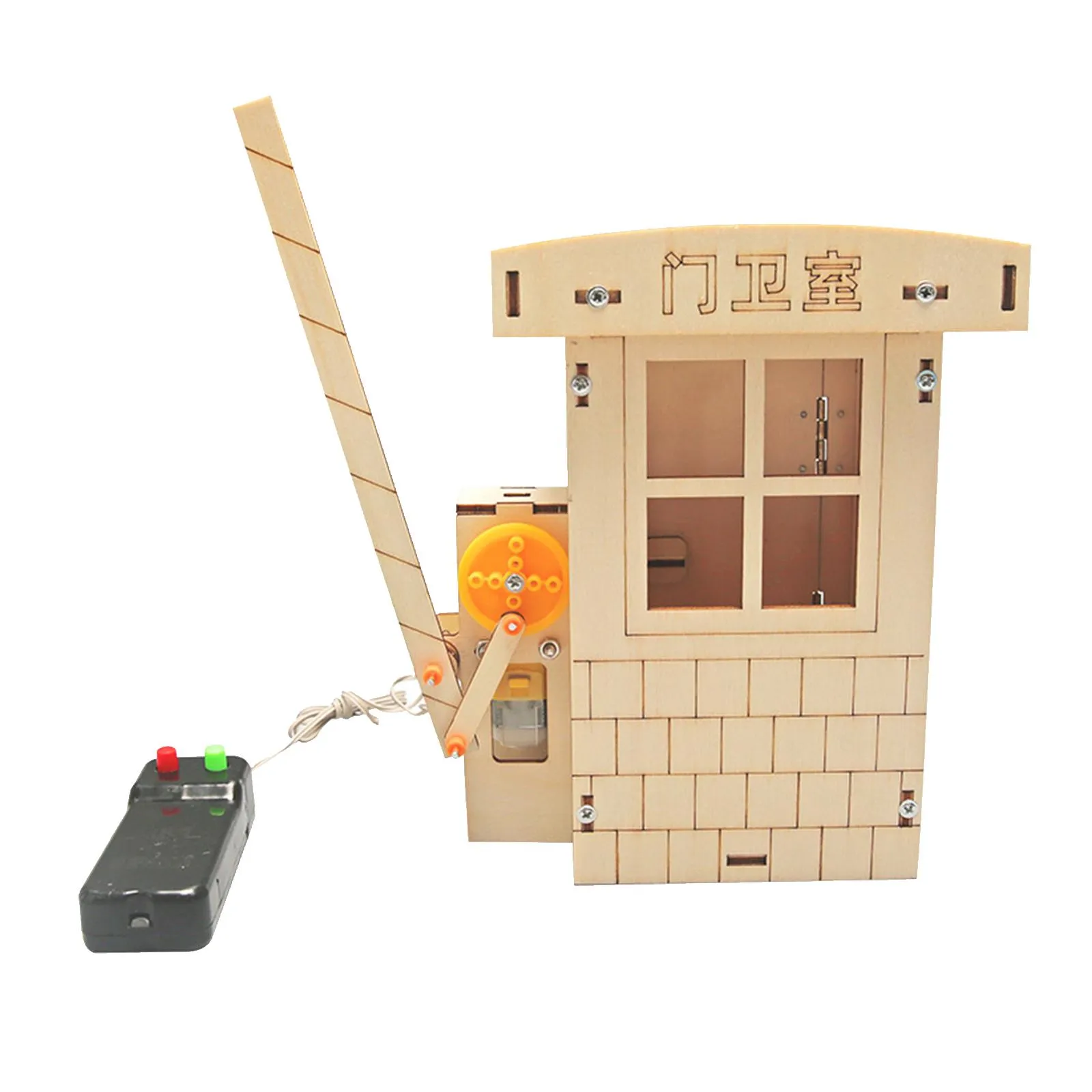


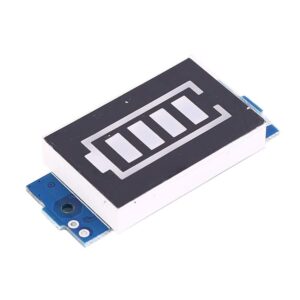
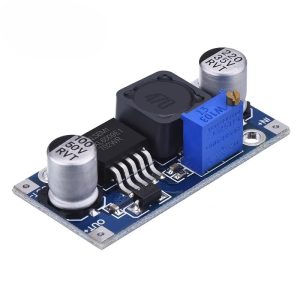
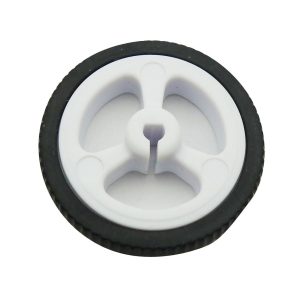
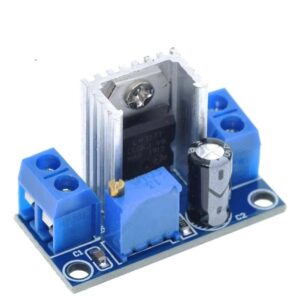
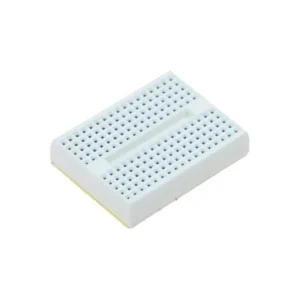
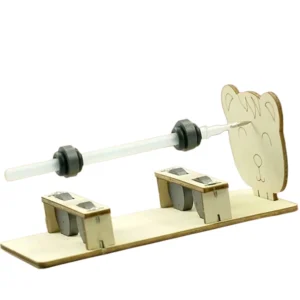

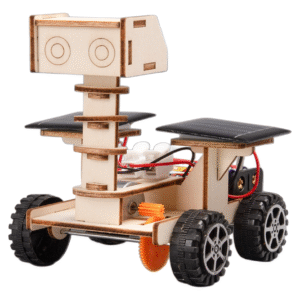
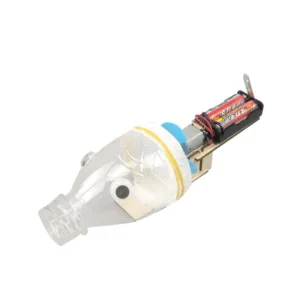

Reviews
There are no reviews yet